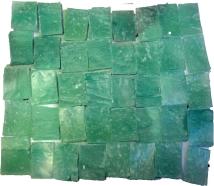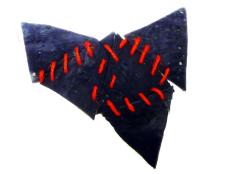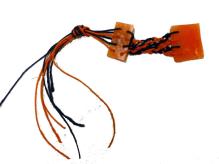Today is the day we presented THE dress to our course leader. It’s about time you get to know it to. I will tell you its name but not right away. A good writer knows how to distill information skillfully for the sake of suspense. And to those of you who are too curious, I will only say that you will miss the best bits.
Let me walk you through our concept first. You may have notice in a previous post, we are lucky enough to have Dr. Kate Fletcher as a lecturer. She recently presented us a new set of ideas, quite revolutionary in the way we perceive fashion if you ask me. She questioned the concept of consumer and user when it comes to garment. She ruled in favour of the second and I couldn’t do anything but agree with her. We often read that 80% of a product’s impact is decided during the design phase. Yet when it comes to clothing, most of the ecological impact is due to the laundring aka the use. (By the way, if you are interested in those questions, check this out) In addition to that, we rarely buy a piece of clothing for a one time use like, say, food. We use our garments more than we consume them. Following this principle, another necessity unfolds: designing with the use in mind. Kate Fletcher and Mathilda Tam formalized it in their project LIFETIMES through the idea of clothing rhythms.
If we were to design according to this rule, then our dress would be a one time, eco-friendly disposable piece. Yet we wanted to make a change in the fashion industry. We used THE dress to “redesign” the relationship between designers and celebrities. We wanted to create a durable relationship between them, bringing them together in a garment and put an end to that bilboard status of public figures on the red-carpet.
This is why we created “THE DRESS THAT REMEMBERS”. Using a natural dyed silk base dress that can be worn on more than one occasion, we decided to add up a set of fully disposable or recycled “superstructures” to bring theatricality, glamour and drama under the spotlights. This way, you have a new eco-friendly dress for every occasion. In addition to that, THE dress retains the memory of an exceptional night for you through the seam lines left when the superstructure is removed. It’s a bit like Andy Warhol stopping from wearing a perfume after a special event and keeping it as a memory trigger. For us, it is an invitation for the user of the dress to go back to the designer for to dye the base dress in a different colour if the former faded away, get a new superstructure… or even ask an other designer to challenge their aesthetic through sustainable practices.
Anyway, this video will tell you much better about it than I did:



